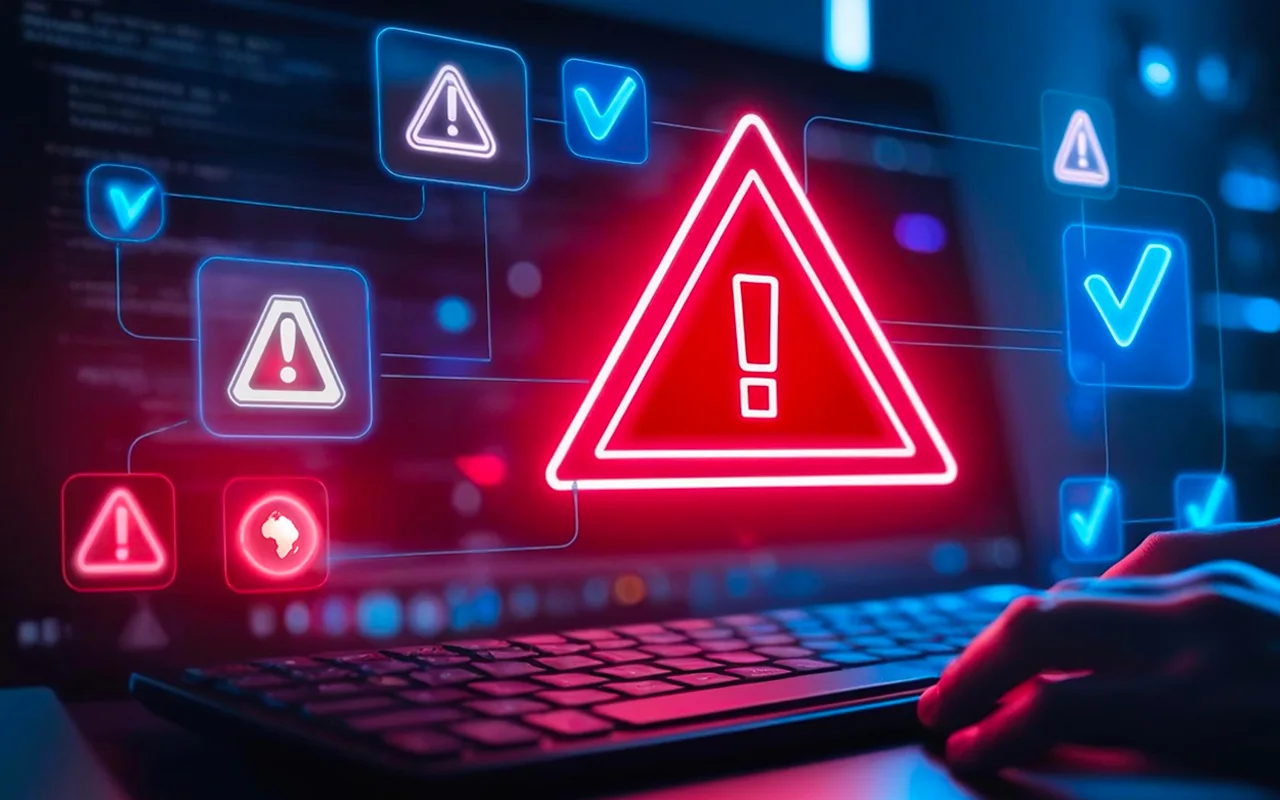We are in a relentless race for tech innovation, and businesses face the constant challenge of staying ahead of the curve. While it’s more comfortable and safer to stick with familiar systems and processes, the reality is that outdated technologies can silently undermine a company’s success. From crippling security risks to missed growth opportunities, the consequences of technological stagnation can be severe.
What is outdated technology?
What was once cutting-edge can quickly become outdated. They can be systems, software, and hardware that no longer meets current industry standards, are no longer supported by the manufacturer, and have limited capabilities. This can include legacy systems that may still be functioning but are difficult to maintain or integrate with modern solutions as well as software that lacks essential security updates or compatibility with new tools.
The strategic need for modernization is not just about keeping with the latest trends; it is about maintaining competitiveness, ensuring cost-effectiveness, maximizing return on investment (ROI), and managing risks effectively to guarantee long-term success.
Impact on risk management
Unsupported systems pose a significant financial and operational risk to businesses. When vendors discontinue support for legacy technologies, companies are left without access to crucial security updates and technical assistance. This can leave them vulnerable to cyberattacks and system failures, disrupting operations and potentially leading to significant financial losses.
One of the most significant dangers of outdated technology is the increased risk of security breaches. Legacy systems lack the robust security features of modern solutions, making them prime targets for cyberattacks. Without regular patches and updates, legacy systems become prime targets for ransomware, data breaches, and unauthorized access.
The 2017 Equifax data breach and WannaCry ransomware attacks
In 2017, Equifax, a major credit reporting agency, suffered a massive data breach that exposed the personal information of millions of people. The breach was attributed in part to the company’s failure to patch a known vulnerability in its outdated software.
In the same year, the WannaCry ransomware attack also happened, exploiting vulnerabilities in an older Windows operating system that Microsoft had stopped supporting years earlier. As a result, many companies that continued using the outdated OS were unprepared and suffered devastating consequences. The National Health Service (NHS) in the UK, for instance, was severely impacted, with over 19,000 appointments canceled.
The consequences of a security breach can be catastrophic for businesses. In addition to the direct financial costs of recovering from an attack, companies may also face:
- Regulatory fines and penalties: Non-compliance with data protection regulations can result in hefty fines.
- Loss of customer trust: Customers may be hesitant to do business with a company that has suffered a security breach.
- Damage to brand reputation: Security incidents can tarnish a company’s image and make it difficult to attract new customers or partners.
- Long-term impact on shareholder value and market trust: A significant security breach can negatively impact a company’s stock price and erode investor confidence.
Operational inefficiencies
A study by Forrester found that 46% of employees note that their software frequently malfunctions and disrupts their work. Efficiency is key and outdated technology can drag productivity, hindering collaboration and limiting access to critical information. In today’s data-driven world, businesses rely on the seamless integration of tools and software to make informed decisions. However, outdated systems often struggle with compatibility, creating silos of information, hindering data-driven decision-making, and building barriers to effective collaboration hence slowing down processing times.
Furthermore, maintaining outdated technology is increasingly costly. As systems age, they require more frequent repairs and patches, which can be expensive and time-consuming. In contrast, investing in modern, scalable solutions offers long-term cost savings.
Missed ROI and competitive advantage
Innovation is essential for survival, and companies that cling to outdated technology risk falling behind their competitors and missing out on valuable growth opportunities.
Outdated technology can negatively impact the customer experience in several ways. 32% of customers would stop doing business with a brand they used to like after one bad experience. Slow websites, clunky interfaces, and limited functionality can frustrate customers and drive them to competitors who offer a more seamless and modern experience. Failing to meet customer expectations can lead to lost sales and decreased loyalty. In the long run, this can erode a company’s revenue stream and damage its reputation.
Legacy systems often lack the flexibility and scalability to support business growth. This can make it difficult to expand operations, integrate with new partners, or adopt emerging technologies. Competitors who embrace new technologies can gain a significant advantage in terms of efficiency, innovation, and customer experience. Businesses that fail to modernize risk losing market share and becoming relevant.
Ensuring long-term ROI and business continuity
To safeguard against these risks, businesses must take proactive steps toward modernization. Here are some strategic recommendations:
- Regularly audit technology and systems.
Conducting regular technology audits helps identify outdated systems and assess their impact on operations and security. This allows businesses to prioritize which systems need immediate upgrades and allocate resources efficiently. - Prioritize security by updating software and systems.
Security should be a top priority. Regular updates and patches are essential to protect against cyber threats. Investing in modern security solutions, such as advanced firewalls and AI-driven threat detection, can significantly reduce the risk of breaches. - Invest in scalable and future-proof technologies.
To remain competitive, businesses should invest in technologies that can adapt to changing business needs and integrate with emerging technologies. This includes Cloud, AI, and machine learning, which offer flexibility and the ability to adapt to changing market conditions. - Train and upskill your organization in using up-to-date tools.
Technology is only as effective as the people who use it. Prepare your team by educating and training your staff on the latest tools and technologies to ensure they can fully leverage these resources, leading to increased productivity and efficiency. - Consult with a strategic partner for digital transformation.
Digital transformation can be complex and challenging. Partnering with an experienced technology consultant and provider can offer the expertise and guidance needed to navigate this journey successfully, ensuring alignment with business goals and maximizing ROI.
Secure your business’s future
Outdated technology increases risks, and proactive technology management is the key to securing long-term business success. It is critical to consistently assess your company’s tech infrastructure, develop a modernization plan, and take the necessary steps to protect your business from the dangers of outdated technology.
For expert guidance, Stratpoint is more than just a tech solutions provider – we specialize in helping businesses navigate the complexities of digital transformation. Our team of experts can provide strategic planning, technology assessments, and implementation support to ensure your company stays ahead of the curve.
Learn more about our Software Services to get started with your journey toward a more secure, efficient, and competitive future.




